2019 Honda Insight: Sedan is So Much More Than Just a Civic Hybrid
If you’re wondering why Honda chose to use the Insight badge instead of the Civic Hybrid one for its latest compact hybrid, you aren’t alone.
After all, the car has nearly identical dimensions and is based on the same platform. And this car hardly has the futuristic styling that set the two previous Insights apart from everything else on the road. So is this a real Insight or is it a Civic Hybrid with a different name? And is there room in Honda’s lineup for a fourth sedan?
Honda’s differentiation with the cars runs deeper than you’d think. Starting with the skin. The first-gen two-door Insight’s styling by wind tunnel looked like nothing else on the road. The second-gen’s angular design was unmistakably hybrid. But with this latest Insight, Honda came up with a design that is more mainstream than the Civic.
ALSO SEE: 2019 Honda Insight Review
That’s not a bad thing. This car is a hybrid, which means it commands a price premium. Even if it is only about $2,000 for an Insight LX versus a Civic LX CVT with Honda Sensing. Honda has given the nose and tail a much more grown-up appearance to reflect that. The nose looks more Accord than Civic, and the Insight has none of the fake mesh and sharp angles that make the new Civic look, well, a little strange.
It continues on the inside. The first thing you’ll notice when you fire up the Insight is that the dash is the half analog half digital dash from the Accord. Not the Civic’s all-analog overly-sporty dash. The steering wheel looks to be borrowed from the Accord too. Instead of the plastic-fantastic multi-function buttons you’ll find in the Civic, especially the finger-slider volume knob, you’ll see that the Insight has more premium scrolling and moving buttons.
The Civic gets a new infotainment system with a volume knob for 2019, but it’s really just the same guts with a different button. The Insight gets the much nicer and much faster-operating system from, you guessed it, the Accord. Even the Clarity doesn’t get this screen.
Under that new screen is a completely redesigned center console. Forward of the cup holders, that is. The two-tier storage cubby is gone, but in its place is a much more usable single-level space. It has a much better spot to stow your phone, more accessible charge points, and the button-shift frees up some serious real estate compared with the Civic.
Elsewhere, the Insight adds more premium materials. Like leather on the dash in place of fake wood trim. It’s as nicely appointed as lesser trims of Acura’s ILX, with what I’d call a better layout and easier to use infotainment system.
SEE ALSO: 2018 Honda Clarity PHEV Review
Between Honda and Acura, the brands have managed to build four sedans that put their MSRPs right on top of each other. Look at an Insight Touring, Civic Touring, Accord EX-L CVT, and an ILX with Acura Watch and the total price spread is only $3,170. With the Insight on the lower end of that. If you don’t want the extra space of the Accord, and the more ponderous exterior size and worse fuel economy that comes with it, spending the extra $1,300 for the Insight over the Touring seems like a very simple choice. Especially with the Civic and Insight being the same size as the Accord was just a few generations ago. While the ILX is the same $1,300 more, that jump seems like a much tougher one. Unless you really want the 50 or so extra horses and really need that Acura badge on the hood. And don’t care that it’s missing leather and nav.
(A Note for Canadian Readers: For Canadian buyers, the pricing proposition is a little different, but the end result is probably the same. An ILX Premium with Acura Watch and leather is $4,500 more than a Civic Touring, and just $900 more than an Insight Touring. Though still without nav. The jump to the ILX still seems like a tough one, largely dependent on how you feel about Acura’s touchpad and how much you value fuel economy vs power. The $3,600 leap from Civic Touring to Insight Touring is now a bit more of a leap. That said, with the base Insight and Civic Touring the same $27,990 MSRP, I’d take the cloth-seat base Insight’s better interior and better powertrain over the leather and nav Civic Touring every day of the week. In Canada, the Accord EX-L is the expensive choice at $32,790, $1,200 more than the Insight Touring. The Accord’s still the one you want for size, but if you want a premium compact sedan the Insight is still strongly appealing.)
So with the new Insight, Honda has made a more premium product. Taking the brand more upscale in the compact segment without sacrificing the many buyers who really just want a base-level Civic DX.
And I haven’t even gotten to the hybrid part yet.
With the latest cars, Honda’s IMA mild-hybrid system is a distant memory. And as a very long-time owner of one, I’m happy to see it go. While it was an innovative idea on its own, and one that’s becoming more common with other automakers as a 48-volt system idea, it always trailed behind Toyota’s Hybrid Synergy Drive.
No more.
This is the same setup as the Clarity and the new Accord Hybrid. Though like the Clarity it uses a 1.5L four, and not the Accord’s 2.0. By itself, the engine makes 107 hp and 99 lb-ft of torque. But here the electric motor doesn’t add more power, it does all of the work.
Honda Accord vs Honda Civic: Which Sedan is Right For You?
There are two motors, actually. One spends its time turning the engine’s rotation into electricity. The other one takes that electricity and turns it into motion. There’s no torque converter, no CVT, no gearbox at all. There is a clutch that allows the engine to direct-drive the wheels at certain speeds, but that’s all.
The combination makes 151 hp and 197 lb-ft. That’s 7 hp less than the Civic’s more common 2.0L four, but more 59 lb-ft of torque. In most driving, that torque makes this car peppier than even the Civic’s 1.5T. On the move, the electric motor responds instantly with a healthy shove. Even in acceleration from a stop, the Insight feels quicker than a turbo Civic. That’s because the electric motors respond more quickly than a CVT. And the long rev-hang of the Civic’s manual gearbox means that while you’re waiting for the revs to fall so you can shift without spinning the tires, the Insight has pulled past you.
It’s not a completely silent drivetrain, though extra sound insulation and active noise cancellation both help. Since the engine often runs independently of the drive motor, the RPM and sound often have nothing to do with your speed or pedal position. It’s strange at first, but you’ll likely get used to it quickly.
The transition from regen to mechanical braking is transparent. And if you use the paddles behind the wheel to control regenerative braking, you probably won’t need to use the brakes all that much anyway. The 1.2 kWh lithium-ion battery can’t take as much charge as the plug-in Clarity’s much larger system, but it can still help maintain speed on all but the steepest downhills. The battery doesn’t cut into the trunk, which gets a folding rear seat and the same 14.7 cubic feet as the Civic.
Rated fuel economy for my Touring trim tester is 51 mpg city, 45 highway. That trails the 55/49 of the other trims thanks to some extra kit like the larger 17-inch wheels. It puts the Insight neck and neck with the Prius for tops on the EPA charts, though both trail the Ioniq Blue if absolute fuel economy is the only target. On paper, that gives the Insight an EPA-rated range of 551 miles. But there are a few quirks of the car that make hitting that number unlikely. The Insight gets a rather small 10.6-gallon fuel tank, down nearly two gallons from the Civic. On top of that, the low-fuel light in my car came on with nearly three gallons still in it. If you’re comfortable driving with the light on, that’s nearly 150 miles of driving on the edge. If you’re not, then the range will be somewhere under 400 miles. Both the Prius and Ioniq get larger tanks.
On the road, the car feels like a slightly heavier Civic. That means well-controlled damping, a comfortable ride, and handling and steering feel that beats any other hybrid in its class. It’s maybe not exactly sporty, but it’s close to it. If you’re not ready to give up on driving enjoyment just yet, then this is your compact hybrid choice.
The third-gen Insight could have easily been just another also-ran hybrid from Honda. But instead the automaker did an impressive job of making this car a premium compact first, and a hybrid second. Without sacrificing the fuel economy that brings buyers to hybrids in the first place. Instead of a penalty box with an electric motor, this is a car that easily justifies its sticker price. A price that puts it startlingly close to parity with the gas car on which it’s based. And the Insight is nicer inside and nicer for your right foot. This is probably the best sedan Honda makes right now, and after the last Insight (and previous Civic Hybrids) that’s an impressive feat.
From HybridCars.com
Evan moved from engineering to automotive journalism 10 years ago (it turns out cars are more interesting than fibreglass pipes), but has been following the auto industry for his entire life. Evan is an award-winning automotive writer and photographer and is the current President of the Automobile Journalists Association of Canada. You'll find him behind his keyboard, behind the wheel, or complaining that tiny sports cars are too small for his XXXL frame.
More by Evan Williams



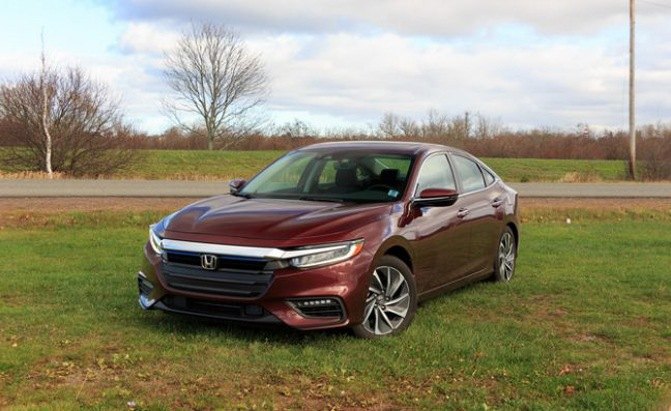













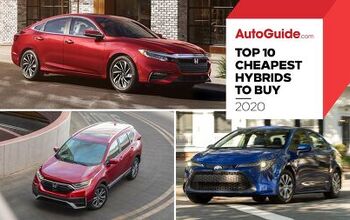
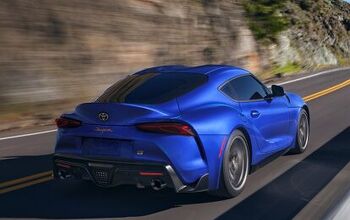


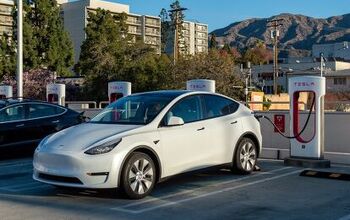




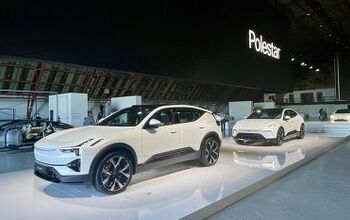


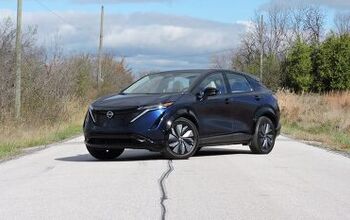


Comments
Join the conversation